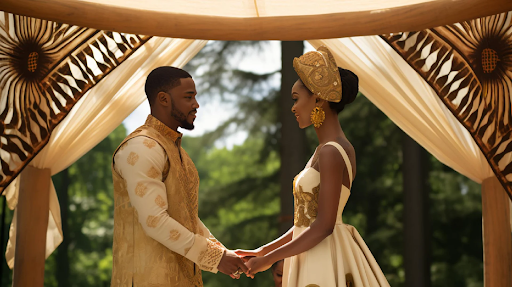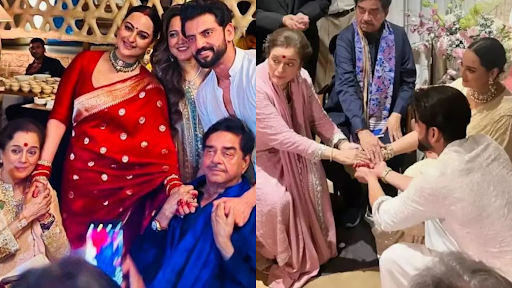Introduction
Building a family culture that respects both partners is complex and enriching. It will require some empathic understanding, respect, and a willingness to maintain diversity within the unit. When two people enter each other’s lives, they come with their different backgrounds, customs, and values. This merging of traditions can then build up into a richer and more inclusive family culture. The following steps will help you form an environment where harmony and respect for tradition are a part of both partners.
Open Communication
Probably, there is no more significant single aspect of a successful relationship than open communication. Discussion of your traditions and values and what’s important to each of you will help in understanding where you both come from. Take some time to share your upbringing, family traditions, and what some of those traditions mean to you. It could be holidays, religious traditions, family rituals, or even some everyday habits.
For example, one partner may be from a culture where mealtime together as a family is very important in the daily routine; another comes from a culture where independent eating schedules are valued. How to find common ground that would satisfy both can be done to further strengthen the relationship. Maybe that means sharing at least one meal together daily or on certain days each week.
Find Common Ground
Shared values and beliefs can be a great starting point for blending traditions. Very often, there are similar principles behind particular traditions. For instance, both partners may be very dedicated to showing respect to elders, even if the expression of this value is very different in their families. Finding such commonalities may help close gaps and give a sense of unity.
Acknowledge and celebrate these shared values and use them to act as a stepping stone toward the formulation of new family traditions. This can be helpful in explaining these customs to children so they realize the value that each parent’s background holds.
Celebrate Both Traditions
Honoring both partners’ traditions means that each of the holidays, festivals, or important events from their cultures is celebrated. This could mean learning some of the customs that one might not be familiar with and engaging in them, cooking traditional food, and decorating the house in a manner that reflects both backgrounds.
For instance, if one celebrates Diwali and the other Christmas, take out time for both. Decorate the house with lights and diyas for Diwali; then replace those with a Christmas tree and ornaments for Christmas. Involving both sets of traditions not only makes the gesture respectable but also enriches the family experience with a variety of celebrations.

Create New Traditions
Of course, very great traditions already exist; however, new ones may be very meaningful, too. These new traditions might be a mix of the two cultures or purely a new practice that you, as a family, can cultivate together. This helps forge a unique family identity that includes and respects both backgrounds.
For example, you could create a new holiday tradition in which each member of your family tells a story from their culture or heritage, or you could create a weekly game night with family members that would include traditional games from both cultures. This can be one fun and educational way of bonding and learning from each other.
Involve Extended Family
This can be attained by engaging the extended family members into trying to honor both traditions, hence coming up with a line of unity and support. Similarly, this allows the couple to understand more about the heritage of each other. Invite the relatives over and ask for some of their skills. By doing so, it forms a network where the heritage of the two parties is respected and valued.
It does, however, require setting up boundaries or expectations so that both partners feel comfortable and respected. This might take time for some family members to adjust; therefore, it calls for patience and proper communication.

Passing Traditions to Your Kids
Also, if you have children, it would be proper to teach them about both parents’ traditions so that they could appreciate and respect their diversity. Tell stories, read books, and share experiences from both cultures. Encourage their questions and involvement in activities of interest to each culture.
The dual exposure gives children a broader world view and an increased appreciation for diversity. It also enriches a child to have a firm sense of self-identity, having been part of two rich cultural traditions.
Respect Differences
Respect in the blending of traditions. Some traditions will naturally conflict, or one person will be attached to one custom over another. When these situations arise, handle them with sensitivity and flexibility. Some traditions hold deep emotional meaning, so try to find an avenue to use them in a way that feels respectful to both partners.

Conclusion
It’s a journey of mutual respect, understanding, and working together to develop a family culture respectful of both partners’ traditions. This would include open communication, celebration of both cultures, creation of new traditions, extension of family involvement, education of children, and respect for differences that can establish a family atmosphere that is both inclusive and respectful but also enriching. This would not only strengthen the bond between the two partners but also shape and diversify the tapestry of traditions and values constituting the family experience. Embrace the journey and celebrate the beauty of blending two worlds in a harmonious family culture.

